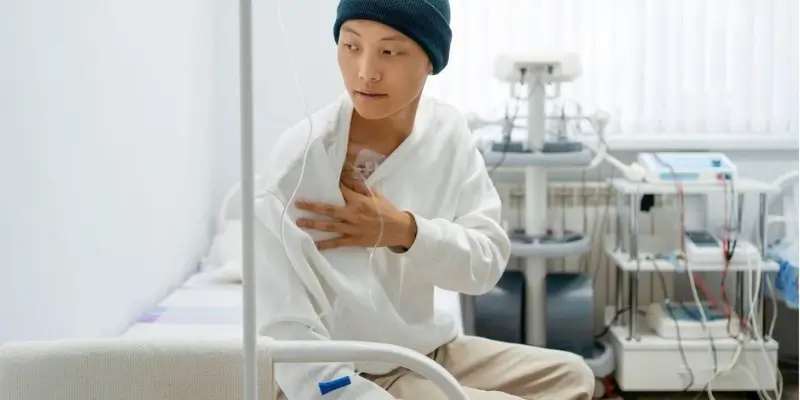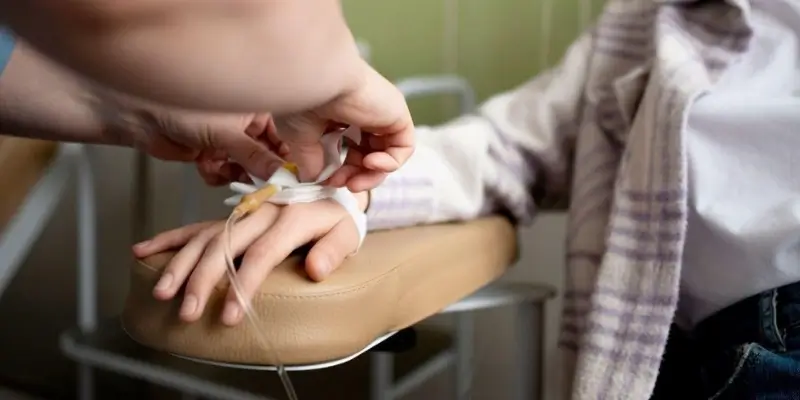Chemotherapy vs Radiotherapy

The goal of cancer treatment is to eradicate the disruptive cancer cells from the body, thereby preserving organ function and extending the patient's life. Traditional cancer treatments primarily employ three methods: surgery, radiotherapy, and chemotherapy. Depending on the circumstances, doctors typically remove larger lesions with surgery, followed by chemotherapy and/or radiotherapy.
What is Chemotherapy Treatment?
Administered orally, intravenously, or through other injection methods such as intramuscular, subcutaneous, direct lesion, or arterial injections
Side Effects of Chemotherapy
Medication may be prescribed to manage discomfort associated with chemotherapy.
What is Radiotherapy Treatment?
Types of radiotherapy
Common cancers treated with internal radiation include breast, lung, cervical, head, neck, and prostate cancers
Side Effects of Radiotherapy
The severity of the side effects and complications depends on the scope and dose of radiotherapy, as well as the patient's physical condition. Patients can apply ointments on the skin or take other medications prescribed by the doctor to reduce the impact of side effects.
The Advancement of Elekta Versa HD LINAC
In terms of external radiation, Prince Court Medical Centre is equipped with the cutting-edge Elekta Versa HD linear accelerator to provide advanced radiation therapy for various types of cancers, such as:
Cancer Treatment Care Starts Here

Leading cancer treatment centre in Malaysia, Prince Court Medical Centre provides comprehensive cancer treatment plans tailored to each patient’s specific cancer type, stage, physical condition, and personal preferences. Our goal is to provide effective and personalised treatment strategies to guide patients as they navigate their journey towards cancer survivorship with confidence.



















